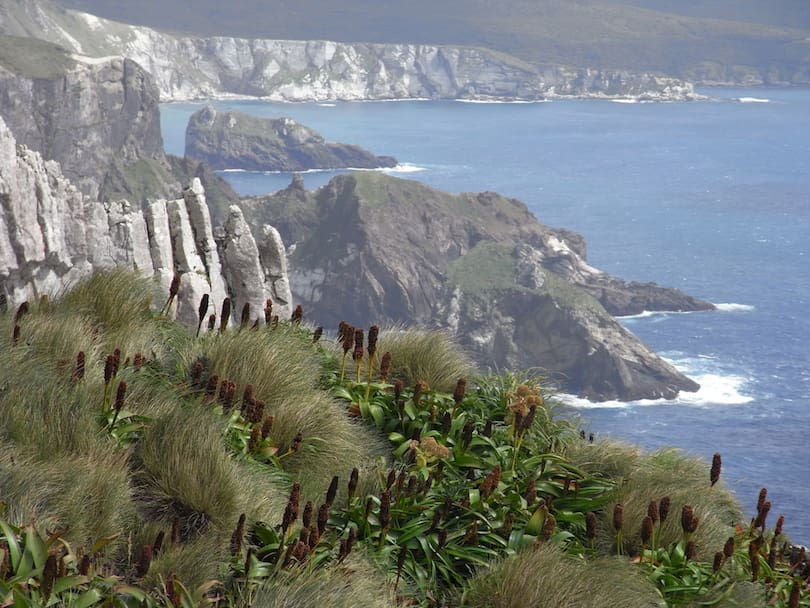The National Gallery of Modern Art (NGMA) in Delhi is a prestigious institution that showcases the best of Indian contemporary art. Established in 1954, the NGMA has been instrumental in promoting and preserving India’s rich artistic heritage. With a collection of over 17,000 artworks, including paintings, sculptures, photographs, and installations, the NGMA is a must-visit destination for anyone interested in Indian art and culture.
Introduction
India has a rich and diverse artistic heritage, spanning thousands of years. From the ancient rock paintings of Bhimbetka to the magnificent temples of Khajuraho, Indian art has evolved over the centuries, influenced by a myriad of cultures and traditions. The NGMA in Delhi is one of the premier institutions that has played a pivotal role in promoting and preserving this rich heritage.
History of the National Gallery of Modern Art
The NGMA was established in 1954 by the Indian government, with the aim of promoting contemporary Indian art. Initially located in Jaipur House, the NGMA was shifted to its current location in the prestigious palace of the late Maharaja of Jaipur in 2009. The gallery is spread over three floors, covering an area of 12,000 square meters.
The Collection
The NGMA has an impressive collection of over 17,000 artworks, spanning the entire spectrum of Indian art. The collection includes paintings, sculptures, photographs, and installations, with a focus on modern and contemporary art. Some of the prominent artists whose works are showcased in the NGMA include Raja Ravi Varma, Amrita Sher-Gil, M.F. Husain, Tyeb Mehta, and Anish Kapoor.
Exhibitions and Programs
Apart from its permanent collection, the NGMA also hosts a range of temporary exhibitions and programs throughout the year. These exhibitions showcase the works of upcoming as well as established artists, providing a platform for the promotion of contemporary Indian art. The gallery also hosts a range of workshops, seminars, and lectures, aimed at promoting art education and awareness.
Architecture and Design
The NGMA is housed in a magnificent palace, designed by Sir Arthur Blomfield, a renowned British architect. The palace is an excellent example of the fusion of Indian and European architectural styles, with its ornate domes, intricate carvings, and beautiful gardens. The gallery’s interiors are designed to provide an immersive experience, with natural light and open spaces.
Visitor Information
The NGMA is open to the public from Tuesday to Sunday, between 11 am and 6:30 pm. The gallery is closed on Mondays and national holidays. Admission is free for children up to 18 years of age, while adults are required to pay a nominal fee. The gallery has a cafe and a souvenir shop, selling a range of books, postcards, and other memorabilia.
Outreach and Impact
The NGMA has had a significant impact on the Indian art scene, promoting and preserving the country’s rich artistic heritage. The gallery’s outreach programs, aimed at providing art education to children and underprivileged sections of society, have been particularly noteworthy. The NGMA has also been instrumental in promoting Indian art on the global stage, through its exhibitions and collaborations with international museums and galleries.
Conclusion
The NGMA in Delhi is a testament to India’s rich artistic heritage, showcasing some of the finest contemporary artworks from the country. The gallery’s impressive collection, range of exhibitions and programs, and magnificent architecture make it a must-visit destination for art lovers and enthusiasts. The NGMA has played a pivotal role in promoting and preserving India’s artistic legacy, and will continue to do so in the years to come.
FAQs
- What is the history of the National Gallery of Modern Art?
The National Gallery of Modern Art was established in 1954 by the Indian government, with the aim of promoting contemporary Indian art. It was initially located in Jaipur House and was later shifted to its current location in the palace of the late Maharaja of Jaipur in 2009.
- What kind of artworks are showcased in the NGMA?
The NGMA has an impressive collection of over 17,000 artworks, including paintings, sculptures, photographs, and installations. The focus is on modern and contemporary Indian art.
- Who are some of the prominent artists whose works are showcased in the NGMA?
The NGMA showcases the works of many prominent artists, including Raja Ravi Varma, Amrita Sher-Gil, M.F. Husain, Tyeb Mehta, and Anish Kapoor.
- What kind of programs and exhibitions are hosted by the NGMA?
The NGMA hosts a range of temporary exhibitions and programs throughout the year, showcasing the works of upcoming and established artists. The gallery also hosts workshops, seminars, and lectures aimed at promoting art education and awareness.
- What is the impact of the NGMA on the Indian art scene?
The NGMA has played a significant role in promoting and preserving India’s artistic heritage. Its outreach programs aimed at providing art education to children and underprivileged sections of society have been noteworthy. The NGMA has also been instrumental in promoting Indian art on the global stage through its exhibitions and collaborations with international museums and galleries.







